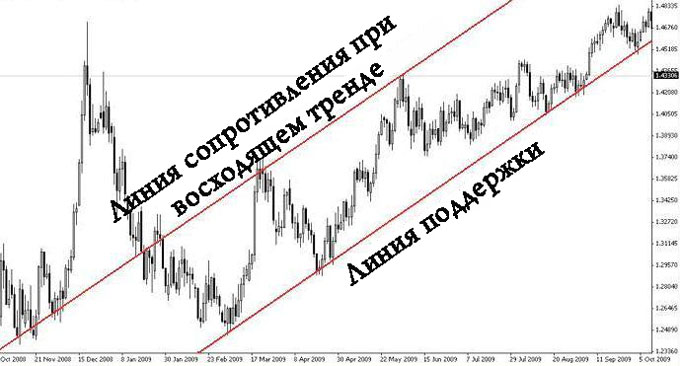Relationship between leverage size and stop loss level
Stop loss is an integral part of any transaction; setting this stop order allows you to protect your position from large losses.

When calculating the size of the stop loss, they usually focus on two parameters, the first of which is the allowable amount of losses from one transaction, and the second is the location of the stop order.
Most financiers recommend limiting losses from one transaction to 2-3%, with the exception of positions opened as part of high-risk strategies, such as pipsing.
The second indicator is the very place where the stop loss is set, usually these are likely price reversal points, for example, for buy transactions, these are the support line, after breaking through which the price will begin to fall or levels near which a reversal may occur.
Read more about choosing where to set your stop loss - https://time-forex.com/sovet/razmer-stop

That is, the optimal solution would be for your stop order to be placed in the right place, and the amount of losses if triggered should not exceed 2-3%.
The role of leverage when setting a stop loss
When opening a new account, you also choose the size of the leverage on this account; as a rule, traders take the maximum allowable value for the account 1:500, 1:1000. And then the size of the leverage is regulated through the volume of transactions, that is, even with a leverage of 1:1000, you can open a 1:1 deal using only funds in the account.
This approach should also be used when calculating acceptable losses when setting a stop loss.
If the place where you plan to place a stop order assumes a loss of 0.2% of the trade, and you open a trade with a leverage of 1:100, then 0.2% of the trade will turn into 20% of your deposit.
For example: You have $1000 in your account, you open an order with a leverage of 1:100 for $100,000, and set a stop loss at 0.2% of the loss of the order size or $200.
That is, if it works, you will lose $200 with a deposit of 1000, which is unacceptable according to risk management.

To reduce the size of possible losses, it is recommended to reduce the transaction volume to 10,000, in which case the losses will be 2% of a deposit of $1,000.
Change stop loss placement location
Another option for solving this problem could be to switch to a shorter time frame; in this case, the location of the stop order will also change, because significant levels will also change on the lower time frame.

That is, the place where the stop order is triggered will be closer to the opening price, and the losses when triggered will be smaller.
If you are confused by the large number of calculations when setting stop orders, you can resort to using scripts that will help automate this process.
